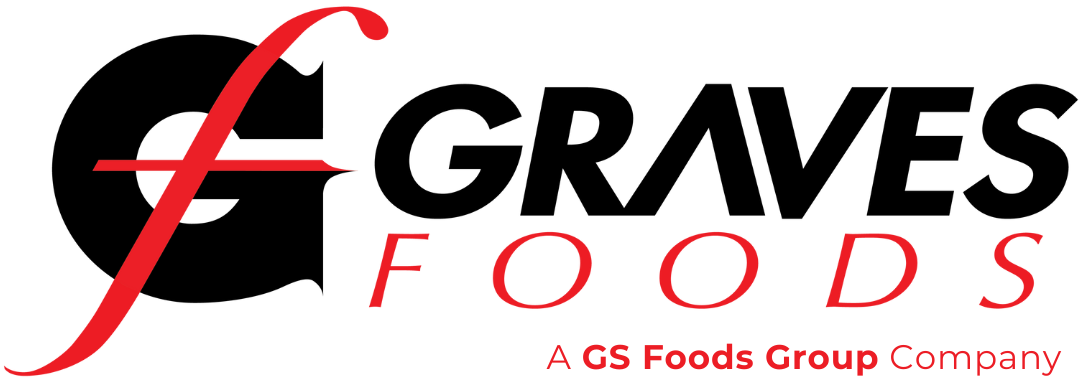
Foodservice Shortages in Schools
Leaders from the Foodservice Leadership Councils and the International Foodservice Manufacturers Association (IFMA) recently joined together in a series of webinars to discuss the current shortages facing the foodservice industry. One of the main topics discussed was the issues faced by universities and K-12 schools. While they have similar issues prompted by these shortages, the two biggest points of discussion for the College and University segment are the self-serve stations and dining hall capacities. The biggest issues K-12 schools are facing are mask mandates and finding reliable suppliers.
In the wake of the COVID-19 pandemic, most colleges and universities were forced to switch to staff-served operations rather than self-serve in dining areas that remained open last year. While it increased labor costs, this change in operations did prompt an unexpected silver lining, which is the increase of interaction between the students and staff. In addition to the self-serve stations, dining hall capacities are also being threatened by product shortages that equally affect scratch-cooking and prepared foods.
Webinar panelists told operators to expect an 8-10% increase in their cost-of-goods from distributors this year. This increase is forcing operators to decrease the amount of ingredients they use. More specifically, the cost of commodities in this market has doubled. “Things like frying oil have doubled in price, if not more — think of french fries. You can buy the potato but the oil is a sunk cost.” said Pat Bando of Boston College. Operators are trying to combat these product shortages by building up their inventory.
As most public school students were kept home during the pandemic in 2020, there remain many unknowns for the K-12 segment going into the 2021-2022 school year, including mask mandates. School districts differ on their enforcement of mask mandates — some are relatively lenient while others require students to wear a mask almost all of the time. School districts have not yet announced the official mask requirements. This makes it difficult for school operators to prepare as mask requirements affect all foodservice operations in the K-12 segment. However, these schools have to have these questions answered before the start of the school year.
Like the colleges and universities segment, the supply chain crunch is proving to be a huge challenge for K-12 as well. More specifically, the shortage of truck drivers makes it increasingly difficult for school districts to get the products they need in order to provide school lunches and other meals to their students. “We might find a great pipeline of products we need but it comes to a screeching halt when they can’t find drivers…” said Jessica Shelley of Cincinnati Public Schools.
With few reliable suppliers to choose from, school operators plan to reward suppliers who take the time to have productive account management and bid discussions. Laura Swier from Brookings School District in South Dakota explains, “Elementary secondary is not one-size-fits-all. If a manufacturer could be more unique in offerings and if they could listen to our suggestions, I think we could come up with concepts that would be very strong.” While these shortages are creating challenges, the school segment is working hard to overcome them with alternative options and creative solutions.
At Graves Foods, purchasing and sales are working together to fill orders with the items that schools are requesting. While addressing the shortages with suppliers has been difficult, the purchasing staff has been quick to find solutions and similar products to keep the schools getting enough product to fill the nutritional requirements necessary.
If you are experiencing shortages and need solutions for your school, email schools@gravesfoods.com.
You might also be interested in ...
15 Apr 24
Advantages of Online Ordering for Your Restaurant
Advantages of Online Ordering for Your Restaurant In today’s fast-paced world, customer convenience will continue to reign supreme. Restaurants that offer online ordering are well on their way to meeting…
2 Apr 24
Maximizing Seasonal Menu Offerings: How Restaurant Owners Can Leverage Holidays While Menu Planning
For restaurant owners, seasonal changes bring shifts in weather and it can bring shifts in diner appetites. But you don’t have to blindly guess what diners want to eat when…
27 Feb 24
5 Tips for Creating an Appetizing Restaurant Menu Design
In the fiercely competitive restaurant industry, having a well-designed menu can make all the difference. Your menu isn’t just a list of dishes; it’s a powerful tool that influences your…
